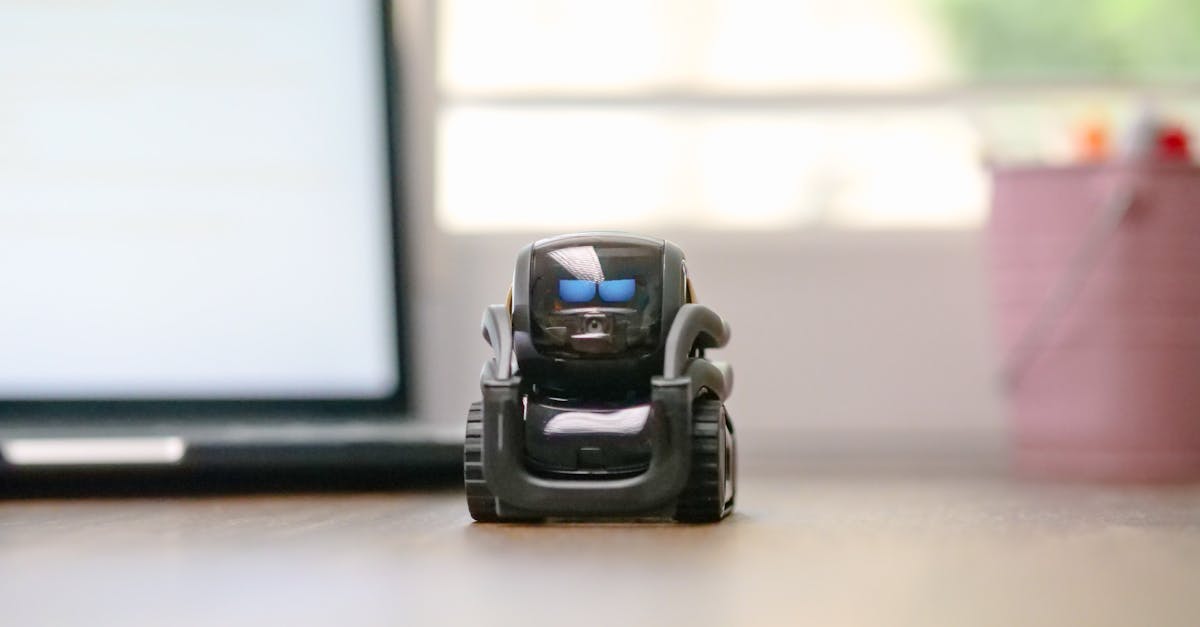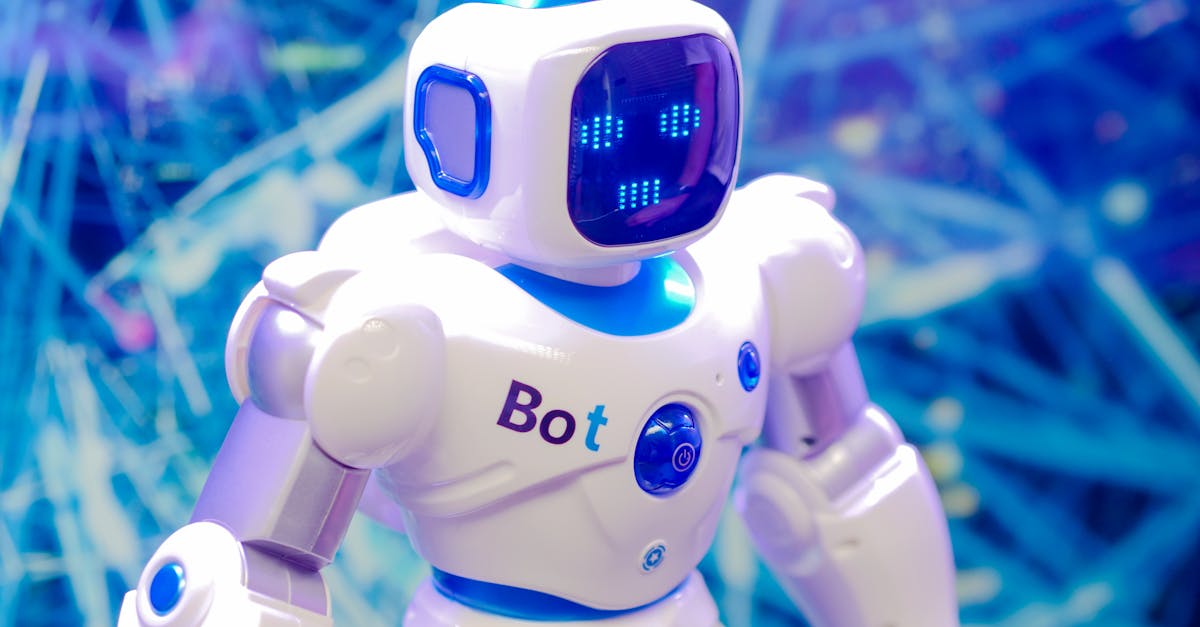Exploring Humanoid Robots
Introduction
Humanoid robots are one of the most intriguing advancements in modern robotics technology. These machines are designed to resemble the human form and mimic human behavior to some degree. This article delves into examples of humanoid robots, showcasing their potential in multiple domains.
Advertisement
ASIMO: The Pioneering Robot
Produced by Honda, ASIMO (Advanced Step in Innovative Mobility) is widely recognized as one of the first humanoid robots. Introduced in 2000, ASIMO can perform complex tasks, like walking up stairs or interacting with people, thanks to its advanced sensors and control systems.
Advertisement
Sophia: A Robot with Citizenship
Created by Hanson Robotics, Sophia is a famous humanoid robot known for her life-like appearance and ability to engage in conversations. Sophia made headlines when she became a Saudi Arabian citizen in 2017, showcasing the potential for robots to integrate into human society.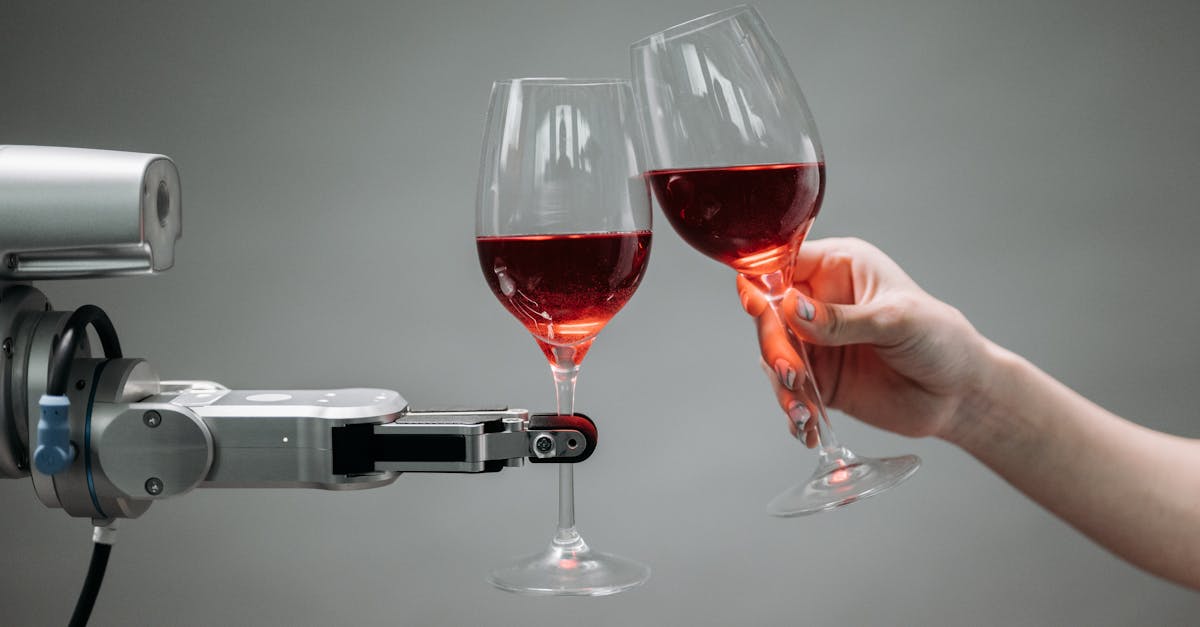
Advertisement
Atlas: The Agile Humanoid
Developed by Boston Dynamics, Atlas is an impressive humanoid robot designed with agility in mind. Featuring advanced articulation and balance, Atlas can perform gymnastic feats, displaying capabilities that could prove useful in disaster response and search-and-rescue missions.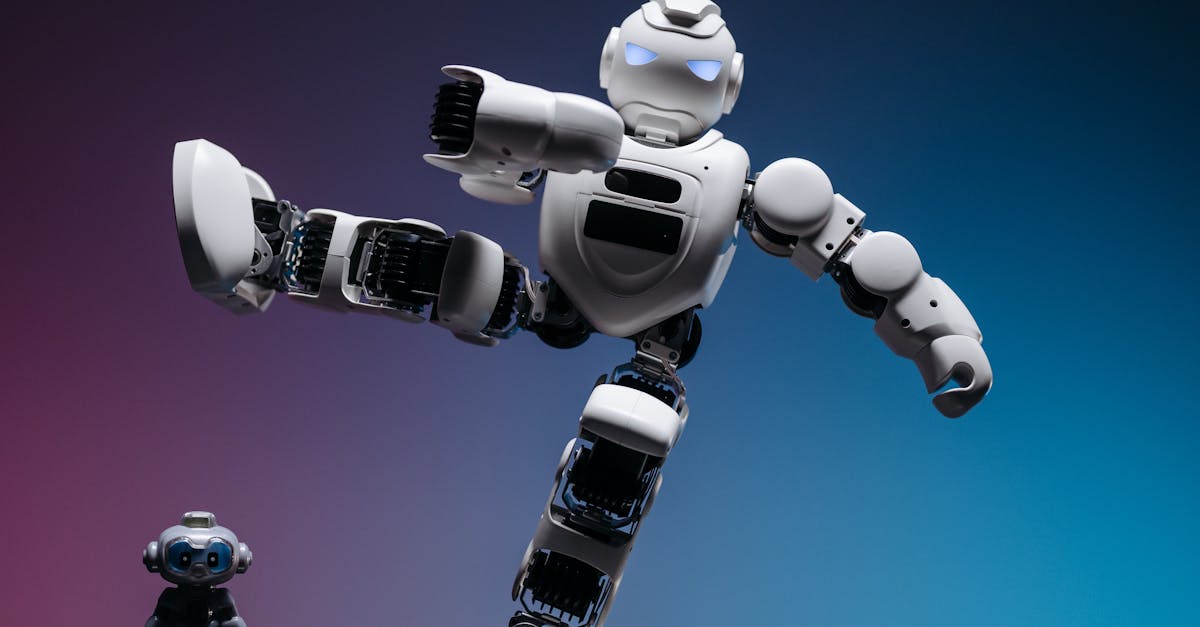
Advertisement
Pepper: The Friendly Companion
Pepper, designed by Softbank Robotics, is known for her sociable demeanor. Often seen in customer service roles, Pepper can recognize faces and carry on casual conversations. Her design focuses on enhancing communication, making her a popular choice in retail and hospitality settings.
Advertisement
Nao: An Educational Assistant
Nao, produced by Aldebaran Robotics, serves as an educational tool, helping students learn about programming and robotics. With multiple sensors and a programmable platform, Nao engages students through interactive lessons, facilitating an immersive learning experience.
Advertisement
T-HR3: A Telepresence Robot
Toyota's T-HR3 robot demonstrates the capabilities of remote operation. This humanoid robot can be controlled by an operator wearing a remote-control interface, allowing it to mimic human movements accurately. Such technologies promise advances in telemedicine and remote work applications.
Advertisement
Robonaut: Space-Faring Humanoids
NASA's Robonaut project underscores the potential of humanoid robots beyond Earth. Robonaut was designed to carry out various tasks aboard the International Space Station, serving as an assistant to astronauts and proving the practicality of robots in space exploration.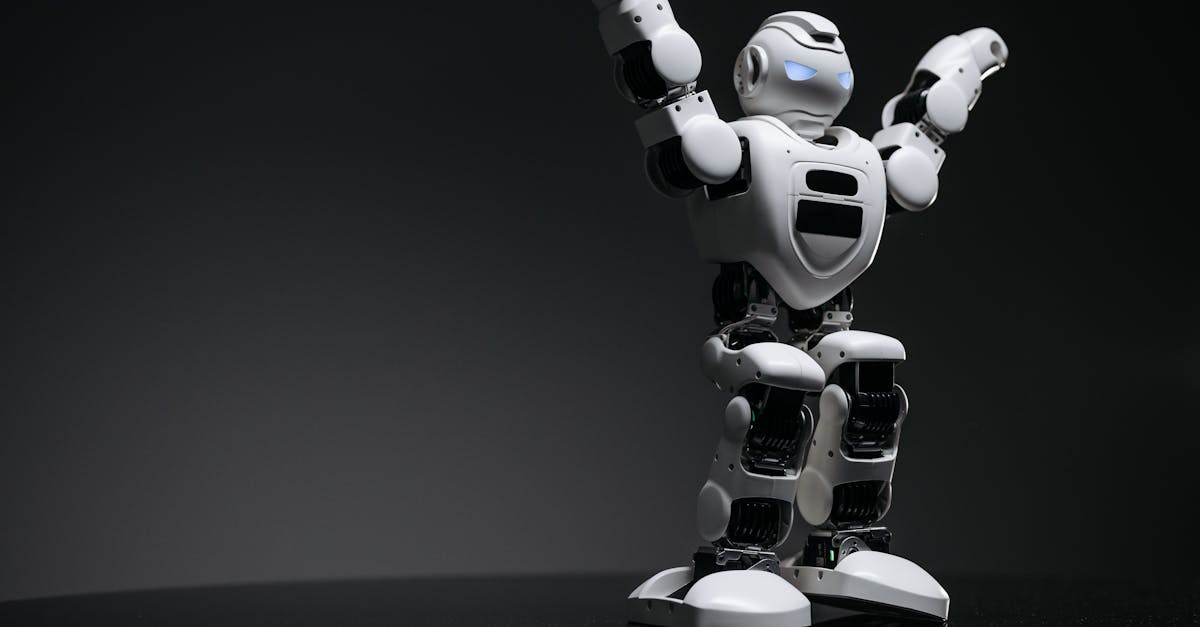
Advertisement
Challenges and Future Directions
While humanoid robots showcase impressive technological advancements, challenges remain, such as enhancing machine learning capabilities and improving human-robot interaction. Future developments may see humanoid robots become more autonomous and adaptive, opening new possibilities for their use in everyday life.
Advertisement
Conclusion
The rise of humanoid robots marks a significant milestone in technological innovation. From ASIMO to Sophia, these robots illustrate the multifaceted potential that they hold. As technology evolves, humanoid robots are likely to become invaluable allies in various sectors, advancing the boundaries of what's possible.
Advertisement
